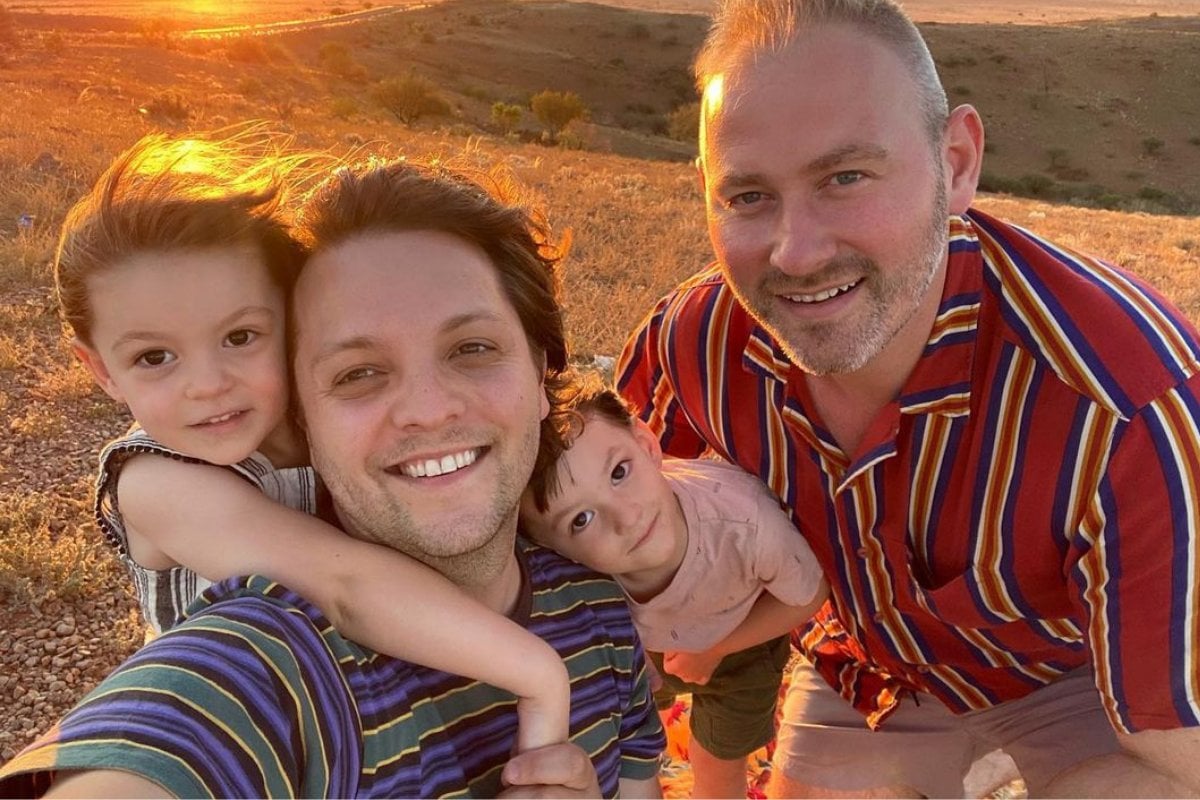

When I was a tiny human, my role models could have sat on a Comic-Con panel together.
Peter Pan because he never had to grow up.
Bugs Bunny because he always got out of sticky situations.
And Buffy the Vampire Slayer because, well, she slayed vampires. And that was really cool.
Back then, I looked up to people because they were famous, that and the fact that they could fly and had mastered impressive tricks to defeat the bad guys.
And while I’ve grown out of (most of) my childish understanding on what a role model could and should be (Buffy the Vampire Slayer is still pretty impressive), I was wondering earlier this week if we’ve evolved at all as a human species.
That is, what would my boy-girl twin toddlers say when asked who their role models were?
I decided to devise a little experiment.
Inspired by H&M’s new worldwide Role Models initiative, which aims to discover and spotlight the efforts of remarkable young role models around the globe, I decided to explain to my children – in toddler terms – what a role model was and then, without interference, let them answer so we could compare their results.
“A role model," I said over dinner one night, “is someone people look up to. They are good people who perform good tasks, which is why people want to imitate them.”
After answering a slew of questions like “what’s a mole?” and “can you imitate a corn?”, they were finally ready to participate in our research project.




























































































